The U.S. Food and Drug Administration (FDA) has given a long-awaited thumbs up to a new intraocular lens (IOL) for the treatment of cataracts. Tecnis Symfony© Intraocular Lenses are currently the only lenses available in the U.S. that provide crisp, clear at all distances following cataract surgery - near, far and everything in between.
“The extended depth of focus of this new lens is nothing short of revolutionary,” says Sandy T. Feldman MD, Medical Director of Clearview Eye & Laser Medical Center in San Diego and one the nation’s top ophthalmologists. “In clinical trials, patient satisfaction was incredibly hig - 97 percent said they would have the Symfony lens implanted again. That pretty much says it all right there.”
During cataract surgery, the natural lens of the eye is removed and an artificial lens - an intraocular lens, or IOL - is inserted into the eye. The IOL most commonly used in cataract surgery is a monofocal lens, which only allows the person to see clearly at a distance; closer objects remain out of focus. By contrast, the Symfony lens was specifically designed to improve both the range and the quality of vision.
Advantages of the newly approved Symfony lens include:
Seamless, day-to-night vision. Patients with Symfony lenses can see objects sharply and clearly at near, intermediate and far away distances, and points in between.
High-quality vision. Some IOLs leave patients with an inability to focus clearly, due to the way light passes through the lens or because of the shape of the lens. The Symfony lens was engineered to correct these issues.
Fewer halos and less glare. Rings or blurring around bright lights - a known side effect of some monofocal lenses - can sometimes affect a person’s ability to drive at night or perform other visual tasks. Patients with Symfony lenses report a much lower incidence of halos or glare.
Cataracts are a common condition in the U.S., with almost four million cataract surgeries performed each year - a number that is only expected to increase. By age 80, more than half of all Americans either have a cataract or have had cataract surgery.
Many people with cataracts experience other vision problems too, which the Symfony lenses also address. Presbyopia (near-sightedness) affects most people over age 40, many of whom must resort to eyeglasses for reading and other close work. Astigmatism is a condition when the cornea is misshapen, which causes blurry or distorted vision.
The Symfony lens is approved in more than 50 countries around the world and has been widely studied, with data from various clinical studies involving over 2,000 eyes.
"Given all its benefits, I expect many of my cataracts patients will opt for the Symfony lens over a standard monofocal lens, especially those who are near-sighted," says Dr. Feldman. "People have increasingly active lifestyles these days and want to see clearly at all distances, preferably without eyeglasses. Symfony lenses make that possible."
Sandy T. Feldman, MD is the Medical Director of Clearview Eye & Laser Medical Center - voted best LASIK center in San Diego by CityBeat Magazine in 2013 - and has successfully performed more than 20,000 refractive procedures. Her numerous awards include “Top Doc San Diego” and the Goldline Award, an honor granted to only 10 laser eye care providers in the U.S. each year, and she has been profiled in Forbes, Newsweek, and other respected publications. Dr. Feldman is a fellow of the prestigious American and European College of Ophthalmic Surgeons, as well as a member of the American Academy of Ophthalmology and the American Society of Cataract and Refractive Surgery. For more information, please visit clearvieweyes.com.

Call Us: (858) 452-3937
8:30AM - 7:00 PM - Monday through Saturday (Saturday until 11:30AM)